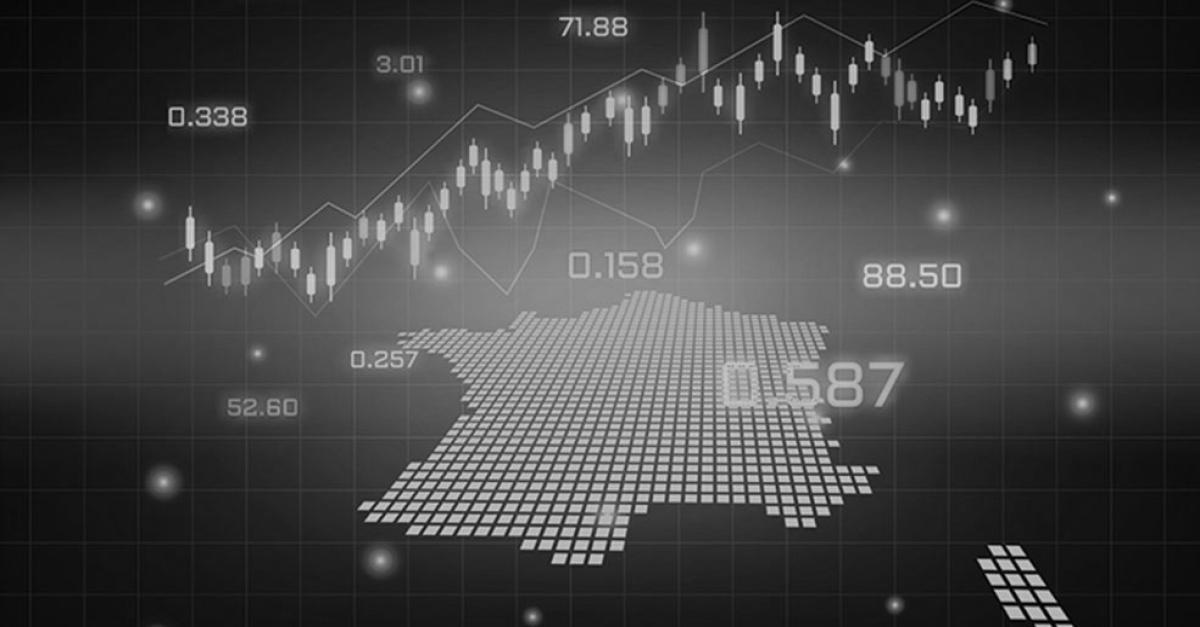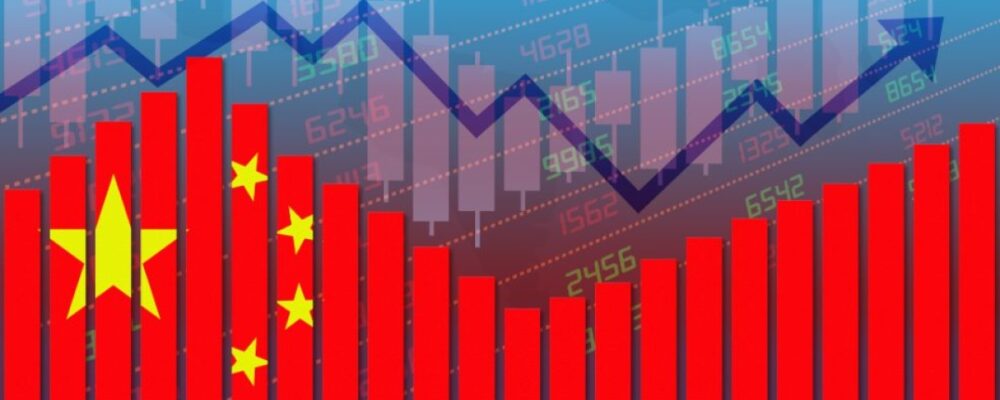The economy is not expected to have grown at all in Q4 2024 due to the boost from the Paris Olympics washing out. This would put full-year 2024 growth at 1.1%, unchanged year on year, mainly driven by foreign trade and public spending, with private domestic demand (excluding inventories) stagnating. Average annual CPI inflation eased from 4.9% in 2023 to 2% in 2024. In 2025, growth is predicted to slow to 0.8% and inflation to 1.1%, with prevailing high levels of uncertainty hampering growth: household consumption is set to grow but by less than originally expected, with the recovery in private investment pushed back to 2026. Growth should then pick up in 2026 – assuming political instability eases – to 1.1%, the level of potential growth. However, the output gap will still be negative at the end of 2026. Inflation is set to pick up slightly, to 1.3%.
This scenario is compatible with the adoption of a 2025 Budget Bill in the early part of the year (probably at the end of Q1), with the public deficit shrinking by less than would have been the case under a Barnier budget to reach 6% of GDP in 2025, compared with 6.2% in 2024. It will probably fall to around 5.5% of GDP in 2026.
Looking back on the last few quarters: an uptick in economic activity linked to the Paris Olympic and Paralympic Games
Economic activity in France quickened in the third quarter of 2024, with quarterly growth of 0.4% in volume, compared with 0.2% in both the first and the second quarter. This uptick is explained by the Paris Olympic and Paralympic Games, estimated to have added 0.2 percentage points to third-quarter GDP. Revenue from ticket sales and broadcasting rights was recognised by Insee (the French National Institute of Statistics and Economic Studies) as an output of services at the time of the games, in line with the national accounts.
At the end of the third quarter, carry-over growth for 2024 was 1.1%.
Outlook for the fourth quarter of 2024: zero growth as the effect of the Paris Olympics washes out
Overall economic activity likely held steady in the fourth quarter as the effects of the Paris Olympics washed out, with the resulting quarter-on-quarter drop offsetting underlying growth of around 0.2%. This quarterly forecast for the fourth quarter is in line with the most recent forecasts from Banque de France (“Monthly Business Survey – Start of January”) and Insee (“Economic Outlook – December 2024: Activity awaiting renewed confidence”).
Changes in 2024: growth stable at 1.1%, buoyed by foreign trade and the public sector
Full-year 2024 growth is estimated at 1.1%, unchanged year on year, mainly driven by foreign trade and public spending (contributing 0.9 and 0.5 percentage points of growth respectively) linked to the carry-over growth already observed. Household consumption is set to have slowed slightly, growing 0.8% in volume in 2024, compared with 0.9% in 2023, despite average annual CPI inflation falling from 4.9% in 2023 to 2% in 2024. Total investment is estimated to have fallen by 1.6% in 2024 after having grown by 0.8% in 2023. Investment by non-financial corporations (down 1.9% in the year, after having risen by 3.1% in 2023) and, above all, by households (down 5.9%, compared with 8.2% in 2023) likely continued to be affected by the previous tightening of financial conditions. Meanwhile, government investment is estimated to have remained relatively buoyant, up 3% (compared with a 7.1% increase in 2023). Furthermore, destocking in the run-up to the end of 2023 is estimated to have shaved 0.5 percentage points off 2024 growth.
The public deficit is predicted to have increased significantly in 2024, to 6.2% of GDP (compared with 5.5% in 2023, already an overshoot), well in excess of both the 4.4% written into the 2024 Budget Bill in autumn 2023 and the 5.4% included in the 2024 Stability Programme in spring 2024. This public deficit forecast – intended to be cautious – is slightly higher than the latest government forecast (6.1% in Barnier’s Budget Bill) but in line with the more recent European Commission forecast. A deficit of this size would result in the debt-to-GDP ratio rising sharply to 112.9% (up from 109.9% in 2023).
2025 forecasts: economic activity slows, affected by uncertainty
In 2025, growth is predicted to slow to 0.8%. We recently revised down our forecast by 0.2 percentage points in light of current uncertainty on both the domestic political front (in particular the no confidence motion that brought down the Barnier government and the absence, at this stage, of a 2025 Budget Bill) and the trade policy front (following Donald trump’s US presidential election win). These high levels of uncertainty will undoubtedly affect households and businesses, which will tend to wait for the right time to spend on consumer goods and services (for households) and on investment and recruitment (for businesses).
Household consumption is nevertheless set to grow in 2025, albeit modestly, to 0.7%, supported by continuing disinflation. Inflation as measured by the consumer price index (CPI) should ease to an annual average of 1.1%. Meanwhile, investment should hold steady in 2025, with investment by non-financial corporations falling slightly (down 0.2%) and household investment more or less flat (up 0.1%). The contribution of foreign trade to growth is likely to be zero, with imports and exports growing at more or less the same pace. Modest restocking should add 0.1 percentage points to full-year growth. Budgetary measures are likely to hamper growth to some extent, with the pace of government consumption expenditure slowing sharply, up 0.6% by volume, compared with 2% in 2024, and government investment slowing (up 0.5%, compared with 3% in 2024).
Nevertheless, we expect only a slight fall in the public deficit in 2025, to 6% of GDP, causing the debt-to-GDP ratio to rise to 116.8%. Some fiscal measures proposed by the Barnier government (e.g. freezing pensions) are no longer an option, while others are hampered by constraints preventing their retroactive application. Moreover, one can well imagine that François Bayrou and his government wish to avoid their predecessors’ fate (a no confidence vote) and are thus going to have to make concessions to ensure that this is the case (as, indeed, they already have done). The Bayrou government will thus make less progress on reducing the deficit in 2025 than Barnier was proposing to do, and will not succeed in its goal of containing it at 5.4% of GDP.
2026 forecasts: higher growth, at the level of potential growth
Growth will probably pick up in 2026 – assuming the uncertainty dissipates to some degree – to 1.1%, the level of potential growth. However, the output gap will still be negative at the end of 2026. Inflation is predicted to quicken slightly, though remaining well below the ECB’s 2% target, with CPI inflation coming in at 1.3%.
Investment should bounce back, growing by 1.5%, with private investment driven by the delayed effect of ECB rate cuts and structural requirements arising from the twofold transition (digital and ecological). Investment by non-financial corporations is set to increase by 1.7%, and household investment to grow by 2.1%. Based on our assumptions for 2026, household consumption – no longer undermined by uncertainty – will quicken, growing by 1.1%. The contribution to growth of foreign trade and changes in inventories is predicted to be zero. Government consumption expenditure and investment are likely to once again slow (increasing by 0.4% and 0.3% respectively).
As regards the public finances, our scenario assumes that the public deficit will fall to 5.5% of GDP in 2026, with public debt reaching 119.4% of GDP.
“Crédit Agricole Group, sometimes called La banque verte due to its historical ties to farming, is a French international banking group and the world’s largest cooperative financial institution. It is France’s second-largest bank, after BNP Paribas, as well as the third largest in Europe and tenth largest in the world.”
Please visit the firm link to site






